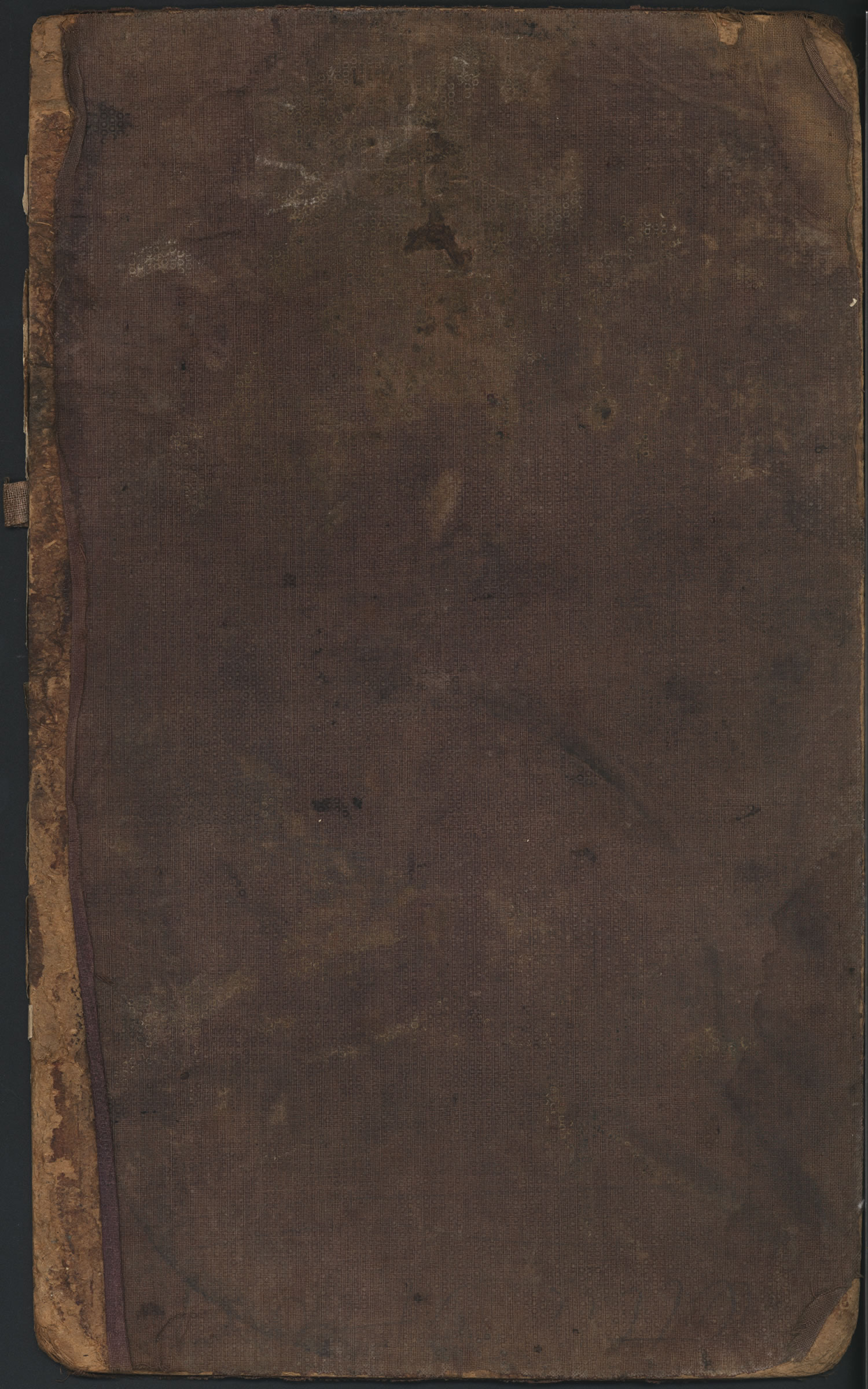Abbott Ledger Provenance

Stuhr Museum News By Karen M. Keehr, Curator of Research Stur Museum of the Prarie Pioneer, Grand Island, Nebraska
At the encouragement of his father, Charles W. Jackson began a journal in 1867 as a way to improve his writing and get a better paying job. Jackson lived the typical life of a young man struggling to survive in New York City. Continuously seeking better employment, Jackson searched for the means to support himself and cease taking rent money from his father.
In his second to last journal entry dated Saturday, April 10, 1869, an excited Jackson revealed plans to join a colony bound for the West. There he hoped to buy up several hundred acres of land. On May 1, 1869, in his final entry, Jackson writes: “When I wrote before I expected to have [been] in Nebraska long before this, but I think the society is a fraud and have and squandered the money. We, with a few others, are thinking strongly of seceding from the colony and go to Virginia and settling there…”.
Arnold likely explained to Abbott that the images contained in Jackson's former journal were illustrations of the oral traditions of the Plains Indians. Once drawn on rocks, cave walls, tipis, and buffalo robes, Plains Indians began recording their pictorial history on paper materials which European explorers, traders, military, and settlers brought with them. Plains Indian artists often acquired ledger books similar to Jackson's journal through trade along with pencils, watercolors, and crayons. However, ledgers were sometimes plundered from the bodies of white soldiers on battlefields. Ironically, soldiers in turn would plunder the bodies of Indian warriors for the ledgers containing images of the very culture they were sent to destroy.
Where Jackson's journal ends, a new story begins, told not with words but with images. When O. A. Abbott first received his "Indian Book”, he placed little value on it. The rectangular ledger contained both the journal of Charles W. Jackson and drawings by Plains Indians. Abbott received the ledger as a part of his first fee as a newly established lawyer in Grand Island. It was not until Edward W. Arnold, Registrar of the United States Land Office and former Indian scout, interpreted the Native American images of hunts, raids, battles, and daily life, did Abbott understand the ledger's significance.
The exact route of O. A. Abbott's 'Indian Book" traveled from the young, inexperienced hands of Charles W. Jackson to the Sioux and Cheyenne warriors depicted in the drawings to a Grand Island lawyer may never be known. However, the seventy Plains Indian drawings that share the pages of Jackson's ledger will forever tell the story of two worlds blending and sometimes clashing together. The Stuhr Museum American Research Department is honored to maintain such a historical and culturally significant artifact in its archives.